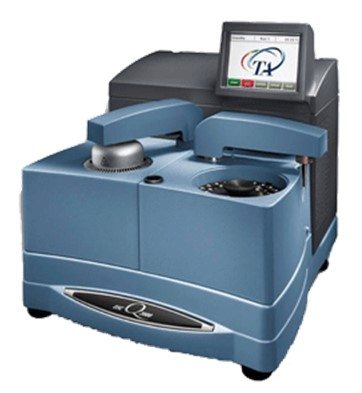Neoloy® Tough-Cells Provides Long-Term Polymer Reliability
Providing long-term protection that is required by geocell polymers is a complicated process requiring a high degree of technical competency.
Stabilizers that prevent polymer degradation from UV radiation belong to the Hindered Amine Light Stabilizers (HALS) family of heat stabilizers; these are essential additives that allow PRS-Neoloy® Tough-Cells to survive exposure to heat and direct and diffused solar radiation as well as to free radicals (oxidative processes in the environment) for tens of years.
The heat stabilizer content is measured by the High Pressure – Oxidative Induction Time (HPOIT) method (ASTM D5885). HPOIT is an accurate indicator of the long-term reliability of the polymer protection to withstand prolonged exposure to oxidation. This method is widely used for testing the environmental durability/UV resistance of geosynthetics in critical applications.
| GEOCELL ENVIRONMENTAL DURABILITY | |||
| PROPERTIES | MINIMUM REQUIREMENT FOR ALL CATEGORIES | UNITS | TEST METHOD |
| Durability to UV Degradation (UV Resistance) |
>1600 | minutes | ASTM D5885 (HPOIT @150°C) |
As the heat consumes the stabilizers, the material begins to combust. The more stabilizer in a geocell, the longer the reaction time will be. If HPOIT exceeds 800 (with 3% type P Carbon Back), the protection or durability is >75 years.
Key Results
The results show that PRS-Neoloy Tough-Cells are durable under the following environmental conditions:
- Very high and extended solar radiation intensity – direct as well as angular radiation
- High surface temperatures and exposure to free radicals (ozone, ionizing radiation)
- Intense hail, frequent rain, storm runoff and snow can wash the stabilizers out
- Oxidative processes in soil, sewage and industrial waste
